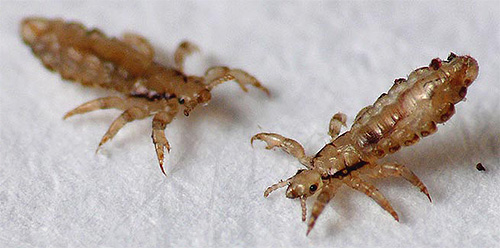
The human head louse is, so to speak, a double nuisance. By itself, like a parasite, it causes a large number of problems and discomfort, feeding on blood and causing multiple itchy bites. Its saliva and, in general, activity on the scalp can lead to the development of a whole complex of symptoms, which, for their specificity in medical practice and theory, are singled out as a separate disease - pediculosis.
However, pediculosis itself and the presence of head lice are only part of the problem. The fact is that diseases spread by human head lice are not just hard - they are also deadly.
But first things first…
Human head louse like a parasite
Lice for man already dangerous as a parasitic insect.After all, their main food is human blood, which they suck, piercing the skin with jaws that have the form of thin and long stylets.
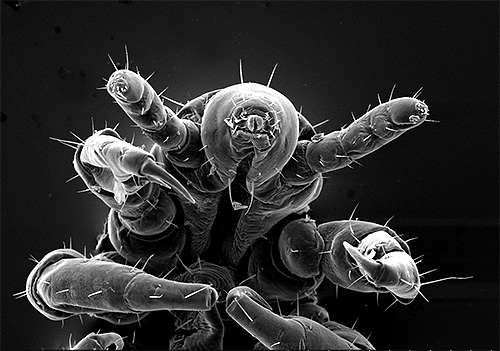
Given the small size of the parasites and the relatively low density of human infection with lice, the fact of bloodsucking in most cases does not lead to a noticeable decrease in the amount of blood in the capillaries and, all the more, in the composition of the blood itself. However, even without this, multiple bites already cause trouble.
First of all, it is itching caused by every single puncture of the skin, during which the insect injects its saliva into the wound. Such a bite is similar to a mosquito, however, in general, the bites themselves occur significantly more than when attacked by mosquitoes. The specificity of human lice is such that each insect is forced to eat often and little by little. In one day, one louse makes four or five bites, and if there are several dozen parasites on the head, their constant feeding will be associated with hundreds of daily bites.
In addition, lice are constantly moving on the head and this also irritates the skin surface.
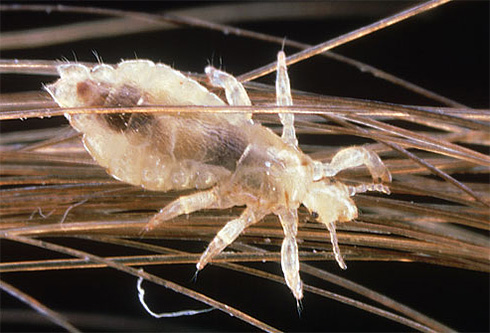
However, these are the most insignificant consequences of having lice in a person.Much more serious disease, the causative agents of which lice suffer, and those disorders, the direct cause of which they themselves are.
Pediculosis is a major consequence of lice infection.
Pediculosis is a disease associated specifically with the activity of lice. It is a complex of symptoms, manifested as a result of regular bites by parasites, during which the introduction of saliva containing enzymes, and constant irritation of nerve endings.
The most characteristic symptoms of pediculosis are:
- itching on the head, becoming permanent at a certain stage
- appearance of bluish-gray spots on the skin
- permanent scratching of the scalp
- excessive keratinization of the scalp and dandruff
- and the presence on the head of the lice themselves and the presence of nits (louse eggs) attached to the hair at different distances from the surface of the head.
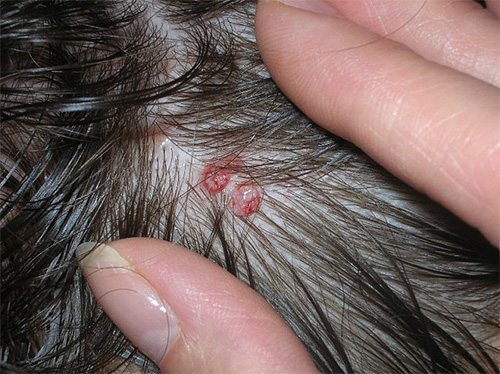
Such symptoms usually appear after a month and a half after the infection itself. During this time, fell on head lice they manage to give the first offspring and significantly increase their numbers on the human head.
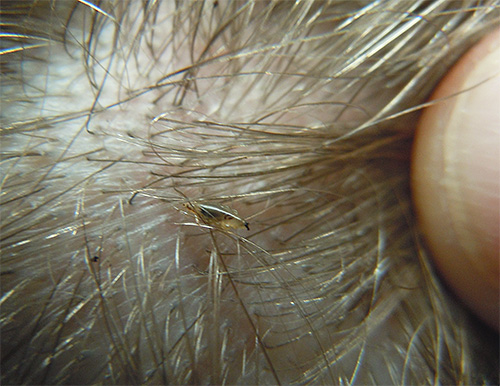
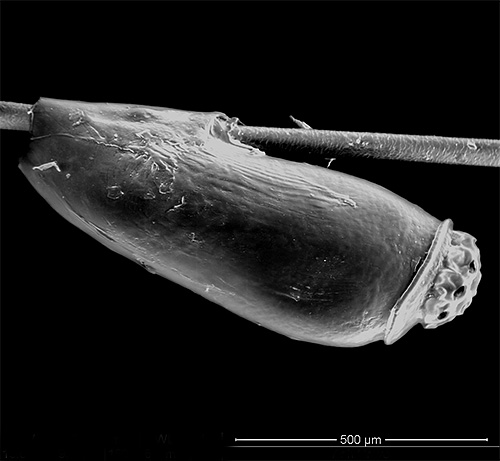
It is interesting
In the people, the period from infection to the appearance of overt symptoms of lice is called incubation period lice. From a scientific point of view, this term is not appropriate here.
Due to scratching the scalp, if untreated, pustular inflammations can develop in places where an accidental infection enters the blood. Such injuries are painful and require treatment to the doctor to develop a treatment plan.
Pediculosis is not a life-threatening disease. But besides him lice carry pathogens, which at one time led to huge mass and devastating epidemics.
Lice as carriers of dangerous diseases
Diseases spread by human lice are caused by rickettsiae - bacteria from a special family, some of which are extremely pathogenic. Among these diseases are:
- typhus
- relapsing fever
- quintan
... and some other related infections.
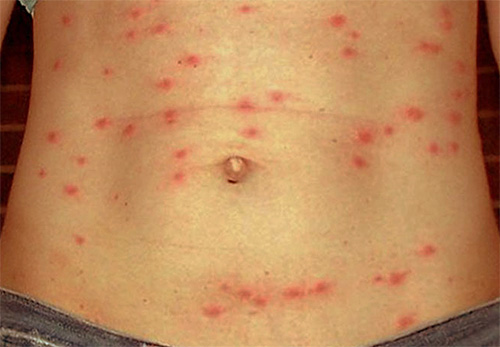
All types of typhoid are characterized by acute occurrence, the possibility of death and a weak immune response of the body: even after transferring the same recurrent typhoid, immunity is established for a short time. Volyn fever is not a fatal disease, but also very unpleasant.
It is interesting
According to the calculations of doctors during the Russian-Turkish wars, more soldiers died from typhus than in the hostilities themselves. The conditions in which the soldiers lived and were found were ideal for the development of diseases that human head and body lice suffer.
In most cases, it is body lice - carriers of dangerous infections. The likelihood of typhus from head lice is lower than that of ward, but due to the greater prevalence in the world, head lice causes various diseases in general, not much less than ward.
Do lice suffer from AIDS and hepatitis?
There is a popular belief that blood-sucking insects can carry viruses that cause AIDS and hepatitis. Accordingly, lice are sometimes suspected of carrying these terrible diseases.
Lice do not tolerate either AIDS or hepatitis. Both of these diseases are caused by viruses that infect cells in the internal systems of human organs. The AIDS virus is introduced into the cells of the immune system, and the hepatitis virus - into the cells of the liver. And these viruses are actually present in the blood of a sick person.
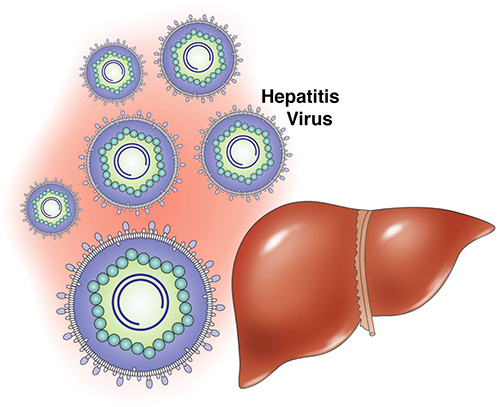
However, these viruses cannot infect lice and use them as intermediate hosts.Getting together with human blood into the digestive tract of insects, virions - virus particles - are quickly split by insect enzymes and cease to exist.
On the mouth organs, viruses are not preserved for a long time and are washed away with mucus that functions as saliva in parasites. Accordingly, even after the bite of a sick person, viral particles in the parasite cease to exist, and the next bite, even on another, healthy person, louse will already be "clean."
On a note
Similarly, AIDS and hepatitis are not tolerated by mosquitoes and ticks. Only those diseases can be transmitted by parasites whose pathogens in their life cycle are somehow related to these parasites. For example - tick-borne encephalitis, malaria (caused not by a virus, but by protozoa), sleeping sickness. Lice are associated with rickettsiae that carry typhoid and related diseases. The AIDS viruses and all pathogens of hepatitis (including bacterial) are not associated with lice and are not spread by them.
Today in medical practice there are no known cases of transmission of the AIDS virus and hepatitis by lice. All speculations about such a transmission path are considered imaginary hazards and are not confirmed by anyresearch.
On a note
Another misconception is the myth that hepatitis can be treated with lice. This is also nonsense - a louse does not affect the course of this disease, especially since hepatitis can occur for a variety of reasons.
The first signs of infection with lice and typhus
It should always be remembered that typhoid and other diseases that are caused by lice have an incubation period shorter than the time of lice itself. Simply put, after infection with lice, a person becomes ill with typhus (provided that the lice themselves in a particular case were carriers of the causative agent) before they begin to feel serious signs of the appearance of lice.
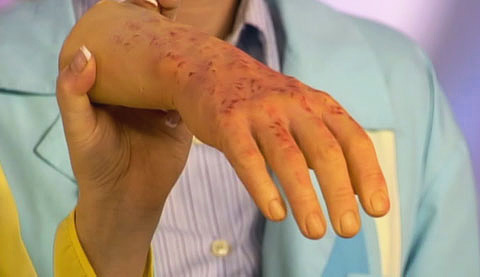
The incubation period for typhus is about 2 weeks, and the return period is about 18 days. The first symptoms of the disease are pain in the head and back, fever, chills, fever. During the first week of these symptoms, a pinkish rash appears all over the body in case of typhus and a recurrent yellowing of the skin. Usually for both diseases are characterized by several attacks, after which there is a recovery.
On a note
An effective vaccine has been developed against typhus that protects a vaccinated person for several years. This vaccine is not included in the list of mandatory, but when visiting regions where there is a high probability of contracting the disease, it is strongly recommended to use it.
Fatal cases of typhus are caused by disturbances in the circulatory system, and most of them occur due to blockage of the pulmonary artery. The usual complications of the disease are disorders of the nervous system and thrombophlebitis.
Volyn, or trench fever occurs similarly, but without pronounced manifestations on the skin. After the second or third seizure, complete recovery usually occurs.

At the first such symptoms and the presence of lice on the head, you should immediately contact the hospital. Self-treatment of such diseases can lead to serious life-long complications.
All diseases spread by human lice today are very rare. Typhoid and various rickettsioses are manifested almost exclusively in developing countries in conditions of unsanitary conditions and too dense human settlements.They are characteristic mainly for countries in Africa and South America.
It is interesting
One of the forms of typhus is Brill's disease, dangerous for its relapses, sometimes registered in the eastern United States.
In modern conditions, the main key to safety from louse-borne diseases is the prevention of infection by the parasites themselves. To do this, avoid accidental close bodily contacts (hugs, kisses, sex) with strangers, try not to be in places with large crowds and obvious signs of unsanitary conditions, do not use other people's hairbrushes, towels and hair care products.
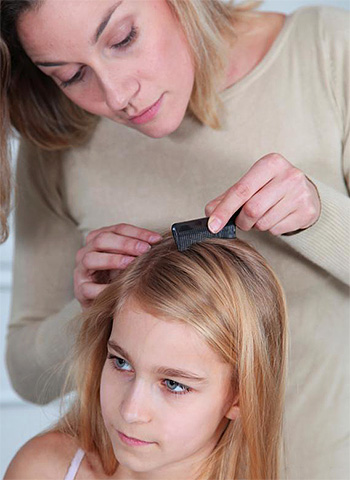
If you do not give lice a chance to get on the head, then infection with appropriate infections can be avoided.
Useful video: the danger of lice for humans and how to protect themselves from them.

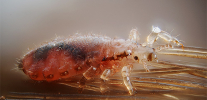
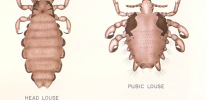
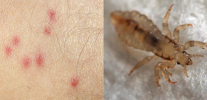
My head itches!
Maybe you have lice too.
I, too, immediately started! And now I'm scared! Brr ...
And I'm scared.
Can lice tolerate streptoderma?